Our 'Maker Space': Building Bridges through Creativity
One of the most important tasks for any teacher is to help students see the connections between the classroom material and the real world. Such links inspire learners to focus more deeply and apply their understanding outside of school. At International School Bangkok (ISB), we start building these bridges as early as Elementary School – or rather, our students do.
One of the great examples of this experiential learning, can be seen in the Elementary School Maker Space. As a collaborative work area for learning, exploring, and sharing, the Maker Space facilitates hands-on learning by integrating tools and building blocks within the creative process. Combining a classroom, workshop, and design studio, a Maker Space can give learners an early familiarity with concepts like design thinking, which is increasingly used as an engine for team-based innovation.
ISB’s Design Cycle and Creative Bridges
Design thinking is rapidly becoming a popular model for problem-solving and applying creativity to new ideas. Its strength lies in its focus on human-centered design, letting the user begin with their own creative approach and working through an iteration process that allows them to try, fix, and repeat until they get it right.
ISB has its own version of the design cycle, which it applies in the classroom and other school structures. By having our students form teams, and presenting them with open-ended challenges, we give learners direct practice with conceptualizing and problem-solving tasks. These skills will serve them well through a variety of situations, both inside and outside the classroom, by teaching them to assertively apply their understanding through creative experimentation.
Recently, we launched an exciting mini-design challenge for students in our Elementary School. With popsicle sticks, glue, and a lot of creativity, students used trial and error to build a functioning bridge that a robot (that they programmed) could cross successfully. Along the way, our young learners discovered many of the basic skills of engineering, while also gaining valuable practice in a team-oriented environment.
These kinds of activities add a delightfully fun dimension to the school day, and each challenge brings other rewards as well: students gain hands-on experience with the design thinking cycle, which they can apply to their other studies and outside of school. They also develop the ISB Attributes by learning to be self-managing, adaptable, socially-intelligent, and creative. Their thoughts may be directed at popsicle sticks, but their minds are building all kinds of bridges of their own.
Hands-on activities also help students become more comfortable taking on active, assertive roles within a learning environment. Engaged students absorb each lesson more deeply, and collaborate more naturally with their peers. In an authentic environment, setbacks become challenges, which then generate new opportunities to learn.
The Maker Space sets this entire process in motion, by taking classroom insights and transferring them to a truly inventive and open-ended workshop for testing. Through the magic of teamwork, experimentation, and understanding, our youngest learners learn to identify problems and reframe them as actionable opportunities.
The Maker Spaces take on somewhat different forms in our Middle School and High School. Instead of popsicle sticks and glue, our older students work with mechanical tools, computer software, and lab equipment, however, this spirit of experiential learning runs through each of these endeavors like a common thread, weaving together the lessons of the classroom and the challenges of the world outside.
Find out more about ISB’s Elementary School here.
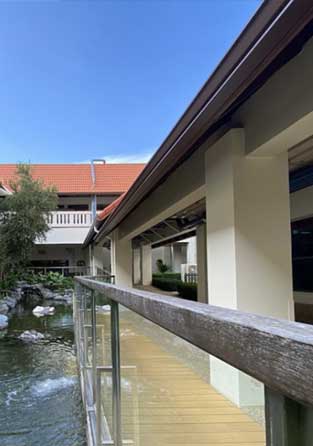
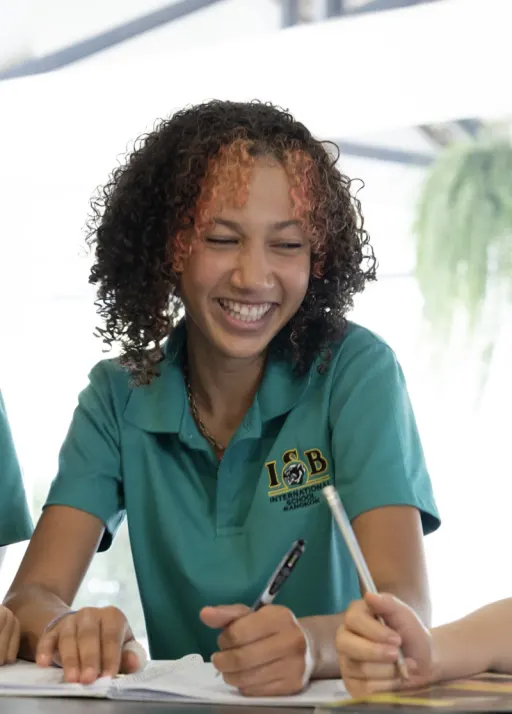

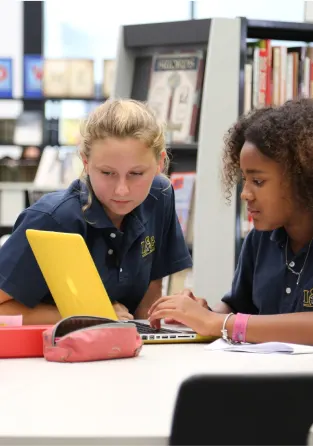
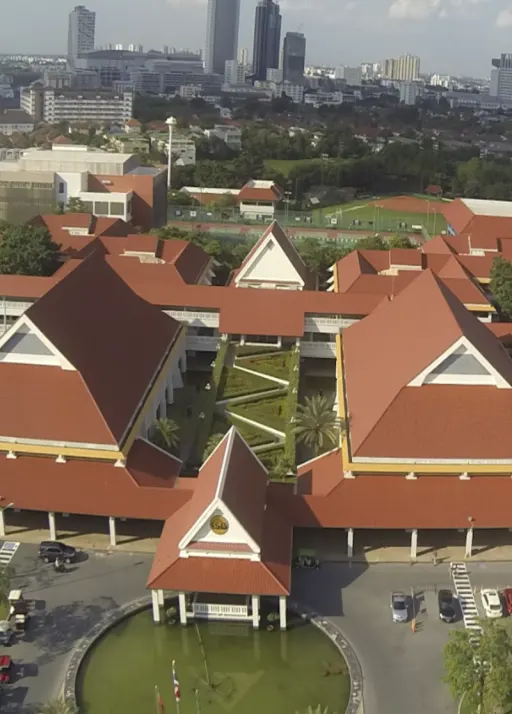


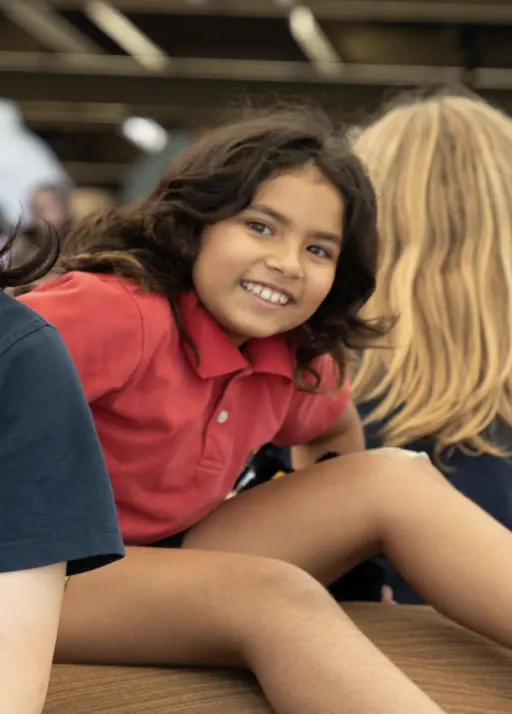


 日本語
日本語
 한국어
한국어
 中文 (简体)
中文 (简体)
 ภาษาไทย
ภาษาไทย